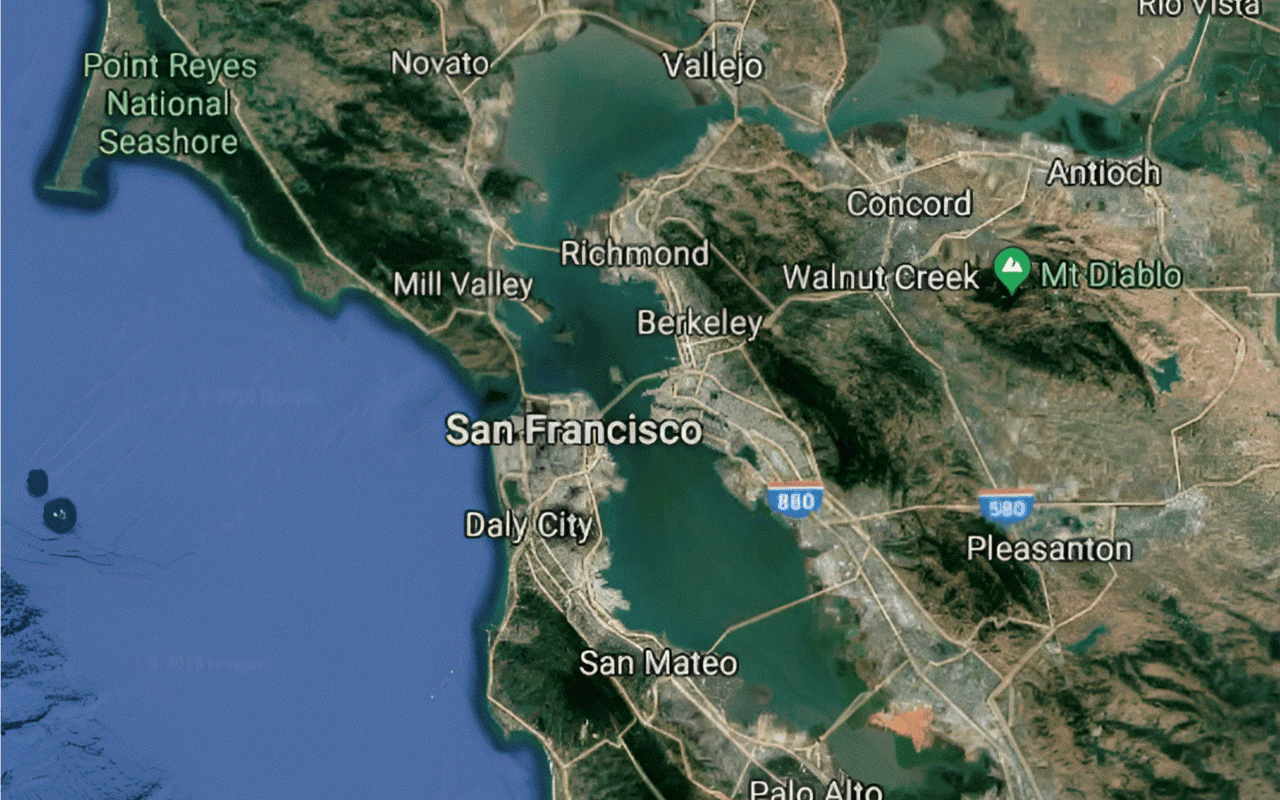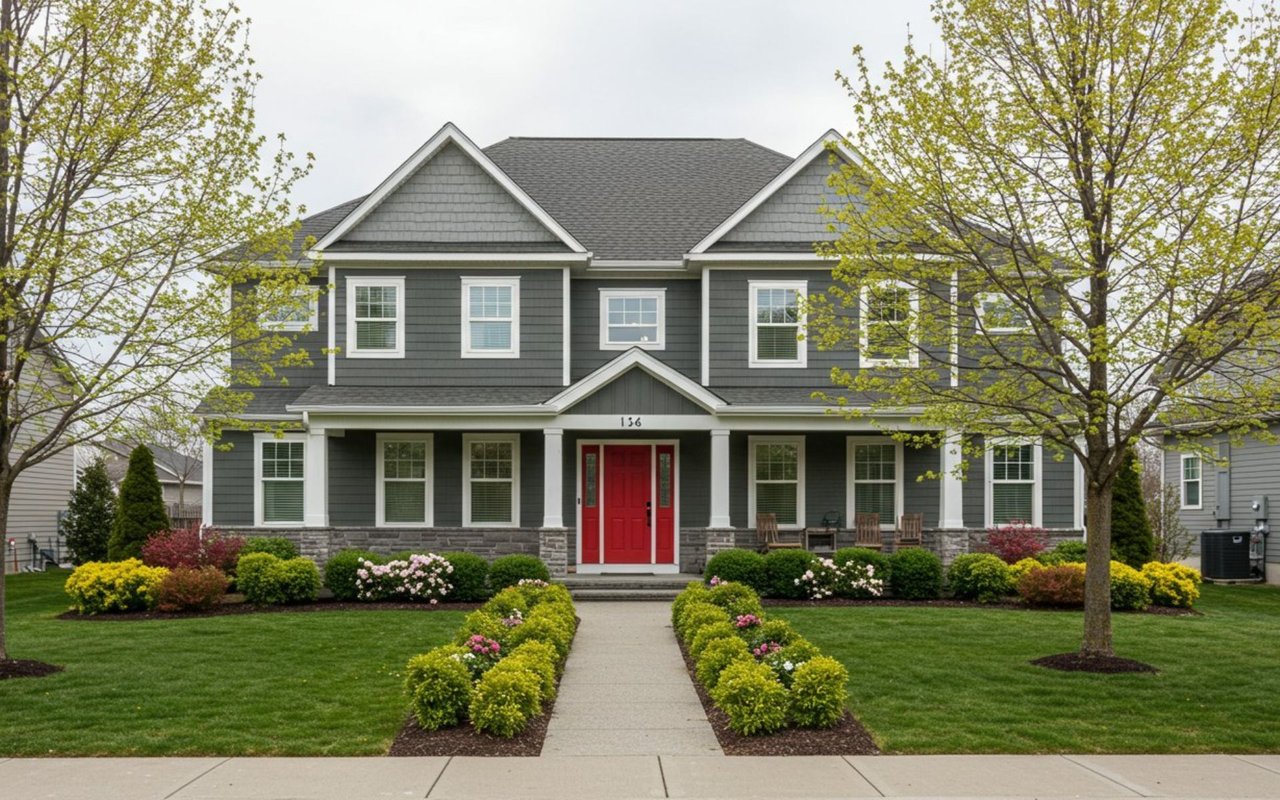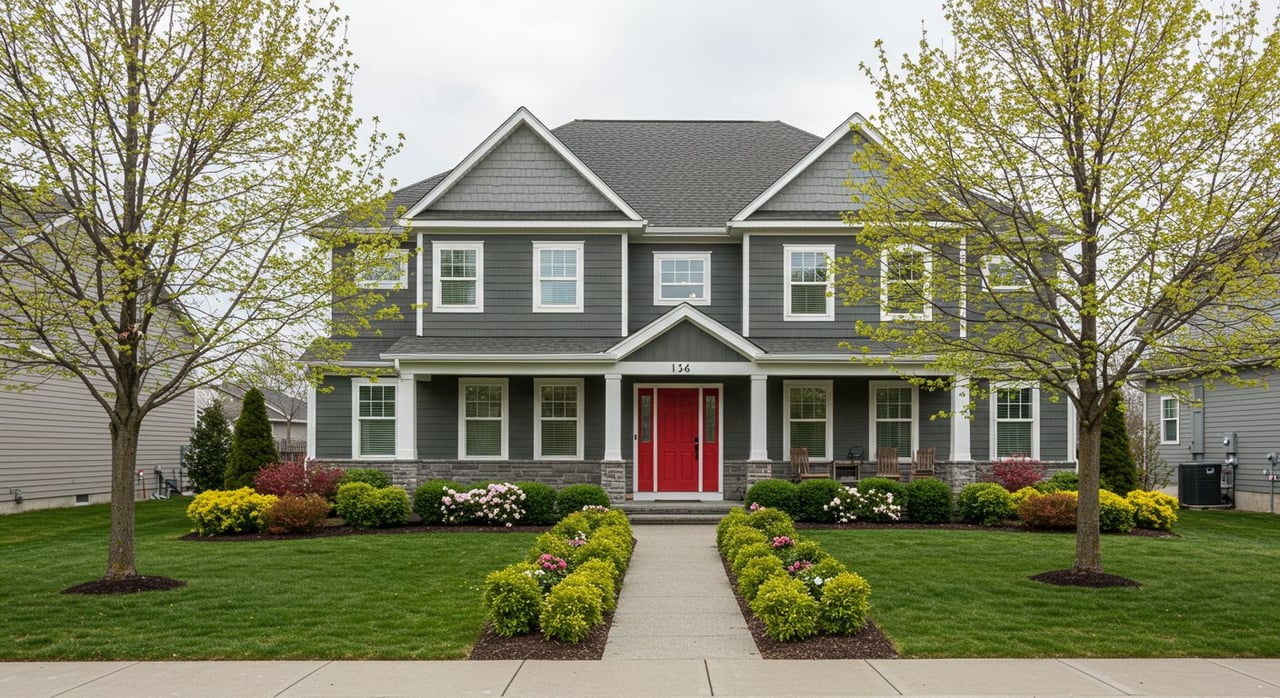Buying a home in the San Francisco Bay Area is a significant investment, and navigating the complexities of the real estate market can feel overwhelming. One of the most crucial aspects of the process is understanding property disclosures. These documents provide critical information about the property's history, condition, and potential issues, empowering you to make informed decisions and avoid costly surprises down the road.
This guide is designed to demystify Bay Area property disclosures, helping you understand what to look for, how to interpret the information, and ultimately, buy your dream home with confidence. Whether you're a first-time buyer or a seasoned investor, understanding these disclosures is paramount to a smooth and successful transaction across San Francisco, San Mateo, Santa Clara, Alameda, Contra Costa, Marin, Sonoma, Monterey, and Santa Cruz counties.
Why are Disclosures So Important in the Bay Area?
The Bay Area real estate market is known for its competitive nature and unique challenges. Properties can be older, built on varying terrains, and subject to specific regional regulations. Because of this, disclosures become even more crucial. They offer transparency and protect both buyers and sellers.
Here’s why understanding disclosures is especially important in our local market:
- Aging Infrastructure: Many Bay Area homes are older and may have underlying issues related to plumbing, electrical systems, or foundations. Disclosures help uncover these potential problems.
- Seismic Activity: The Bay Area is prone to earthquakes. Disclosures regarding earthquake preparedness, fault zones, and potential seismic vulnerabilities are essential.
- Environmental Concerns: Certain areas may have environmental concerns like soil contamination or proximity to industrial sites.
Disclosures address these potential risks. - Strict Local Regulations: Each county and city within the Bay Area has its own set of regulations regarding building codes, permits, and zoning. Disclosures ensure compliance and alert you to any violations.
- High Property Values: Given the significant investment involved, a thorough understanding of disclosures is crucial to protect your financial interests.
Key Disclosures You’ll Encounter
While specific disclosure requirements may vary slightly depending on the location and property type, here are some of the most common and important documents you’ll encounter in a Bay Area real estate transaction:
- Seller Property Questionnaire (SPQ): This comprehensive document is completed by the seller and provides detailed information about the property's history, condition, and any known issues. Pay close attention to sections covering:
- Structural Issues: Cracks in the foundation, roof leaks, or settling problems.
- Water Damage: History of flooding, leaks, or mold.
- Pest Infestation: Past or present issues with termites, rodents, or other pests.
- Neighborhood Concerns: Noise complaints, neighbor disputes, or HOA issues.
- Repairs and Improvements: Details about any work done on the property, including permits obtained.
- Real Estate Transfer Disclosure Statement (TDS): This form requires sellers to disclose any known material facts that could affect the property's value or desirability. This often overlaps with information in the SPQ but serves as a formal declaration.
- Natural Hazard Disclosure (NHD) Report: This report discloses potential natural hazards affecting the property, including:
- Earthquake Fault Zones: Areas prone to ground rupture during an earthquake.
- Seismic Hazard Zones: Areas susceptible to liquefaction or landslides during an earthquake.
- Flood Zones: Areas at risk of flooding.
- Fire Hazard Severity Zones: Areas prone to wildfires.
- Wildland-Urban Interface (WUI): Areas where homes are built near or among wildland vegetation, increasing the risk of wildfire.
- Lead-Based Paint Disclosure: Required for homes built before 1978, this disclosure informs buyers about the potential presence of lead-based paint and associated health risks.
- Megan's Law Disclosure: This disclosure informs buyers that information about registered sex offenders is available to the public through the Megan's Law website.
- Local Disclosures: Depending on the specific city or county, there may be additional disclosures required, such as:
- San Francisco Mandatory Soft Story Retrofit Program Disclosure: Details whether a building needs to be retrofitted.
- Oakland Just Cause for Eviction Ordinance Disclosure: Details tenant's rights. Any other local laws regarding rent control, condo conversions, or other property-specific regulations.
- Preliminary Title Report: This report outlines the ownership history of the property and any liens, encumbrances, or easements that could affect the title.
- Home Inspection Report: While not technically a disclosure from the seller, a comprehensive home inspection is a crucial part of the due diligence process. This independent assessment identifies potential issues with the property's structure, systems, and components.
Interpreting the Disclosures: What to Look For
Simply receiving a stack of disclosures isn't enough. You need to carefully review and interpret the information to understand its implications. Here are some key things to look for:
- Consistency: Compare information across different disclosures. Are there any discrepancies between the SPQ, TDS, and inspection reports? Inconsistencies could indicate a potential problem or oversight.
- Red Flags: Be alert for mentions of past or present problems, such as water damage, structural issues, pest infestations, or code violations.
- Permits: Verify that all repairs and improvements were properly permitted. Unpermitted work could lead to issues with future renovations or resale.
- Impact on Value: Consider how the disclosed information could affect the property's value. Are there potential repairs needed? Are there ongoing maintenance costs associated with the property?
- Neighborhood Factors: Understand the implications of disclosed neighborhood factors, such as proximity to busy streets, schools, or commercial areas.
- Natural Hazard Risks: Assess the potential risks associated with natural hazards. Will you need to purchase flood insurance or earthquake insurance? Are there mitigation measures you should take?
- Read the fine print: Ensure all boxes have been ticked appropriately. Pay attention to items listed as "unknown" and consider doing further research on those specific points.
Understanding Your Rights and Responsibilities
As a buyer, you have the right to receive complete and accurate disclosures from the seller. You also have a responsibility to:
- Review the disclosures carefully. Don't just skim through them. Take the time to read each document thoroughly and ask questions if anything is unclear.
- Conduct your own due diligence. Don't rely solely on the seller's disclosures. Hire qualified professionals to conduct inspections and assessments.
- Seek legal advice if needed. If you have any concerns about the disclosures or the property, consult with a real estate attorney.
Working with a Real Estate Professional
Navigating the complexities of Bay Area property disclosures is best done with the guidance of an experienced real estate professional. A skilled agent can:
- Help you identify key disclosures.
- Interpret the information and explain its implications.
- Negotiate repairs or price adjustments based on the disclosures.
- Connect you with qualified inspectors and other professionals.
- Ensure that all necessary disclosures are properly completed and delivered.
County-Specific Considerations
While general disclosure requirements are similar across the Bay Area, certain counties may have specific considerations:
- San Francisco & San Mateo: Older housing stock often requires careful attention to structural integrity, foundation issues, and compliance with the San Francisco Mandatory Soft Story Retrofit Program.
- Santa Clara: Proximity to tech companies can influence property values and potential noise levels. Review disclosures related to traffic and neighborhood amenities. Also, Silicon Valley can see high levels of ground contaminants requiring specific disclosure.
- Alameda & Contra Costa: These counties may have stricter regulations regarding environmental hazards and development restrictions. Pay close attention to disclosures related to these issues.
- Marin & Sonoma: Wildfire risk is a significant concern in these areas. Review disclosures related to fire hazard severity zones and defensible space requirements.
- Monterey & Santa Cruz: Coastal properties may be subject to specific regulations related to erosion, flooding, and coastal development. Review disclosures related to these issues.
Conclusion: Your Path to Confident Home Buying
Understanding Bay Area property disclosures is an essential step towards achieving your homeownership goals. By carefully reviewing the disclosures, conducting thorough due diligence, and working with a qualified real estate professional, you can make informed decisions and buy your dream home with confidence. Don't let the complexities of the process deter you. With the right knowledge and support, you can navigate the Bay Area real estate market successfully and secure a bright future in your new home.


































































































